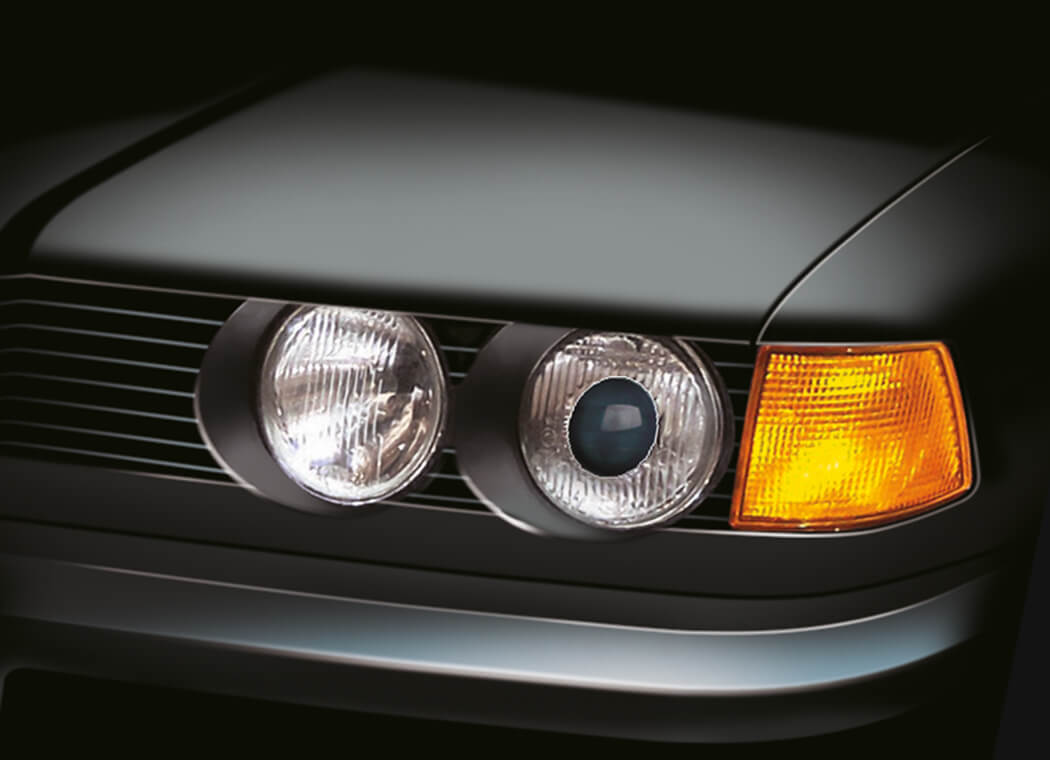Automotive headlights are an important part of automobiles. However, because its existence is quite obvious, people often ignore its development history. How do burning candles become the smart electrical devices they are now? This is the development history of automotive headlights.
Contents
Oil lamps
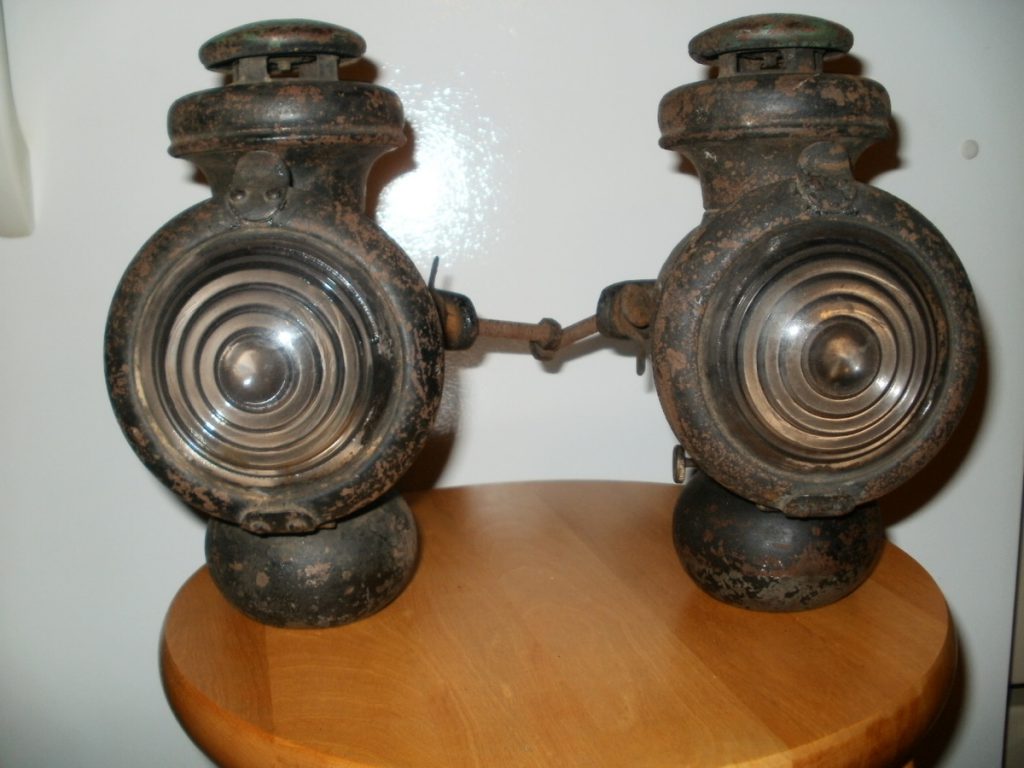
In the past, when there was no modern automobile, horse-drawn carriages were considered the most popular means of transportation. At this time, you could only rely on yourself to see the road when traveling. Obstruction of light and color made it impossible for vehicle drivers to identify the vehicle ahead. The carriage was relatively slow, so people thought of using candle lamps and oil lamps – which were kerosene lamps – to signal the opposite person. Oil lamps were used until 1900.
At this time, people didn’t drive at night much because they could not see anything in front of them, and the road condition was really bad. Along with the development of society, vehicles were upgraded and increased in speed, so the demand for light was increasingly demanding. That was why they replaced candles with acetylene gas lamps.
Acetylene gas lamps
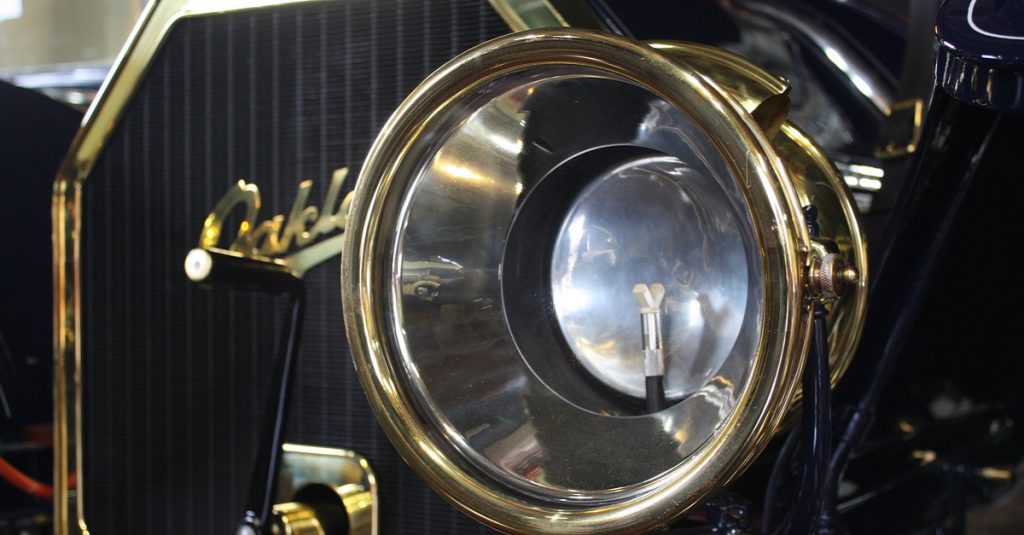
Acetylene gas lamps were used from 1900 until 1910. There was electrical lighting equipment for cars at this time but it was not popular because it cost too much.
So how did people use acetylene lamps? Gas for the acetylene light source was generated by water dripping slowly onto calcium chloride in a small container. It had more resistance to wind and rain than oil lamps. However, during cold weather the water would freeze, stopping the gas generation process. It was possible to partially remedy this situation by mixing alcohol in the water. These headlamps required regular cleaning of the nozzle tip where the gas flame burned.
After some time, the company Prest-O-Light and Corning Conophore put these lamps into commercial production. Prest-O-Light came up with a system for supplying and storing acetylene gas because it is very volatile. Before 1917, Corning’s headlights were designed to illuminate from a distance, up to 152m ahead of the vehicle.
Electric headlights
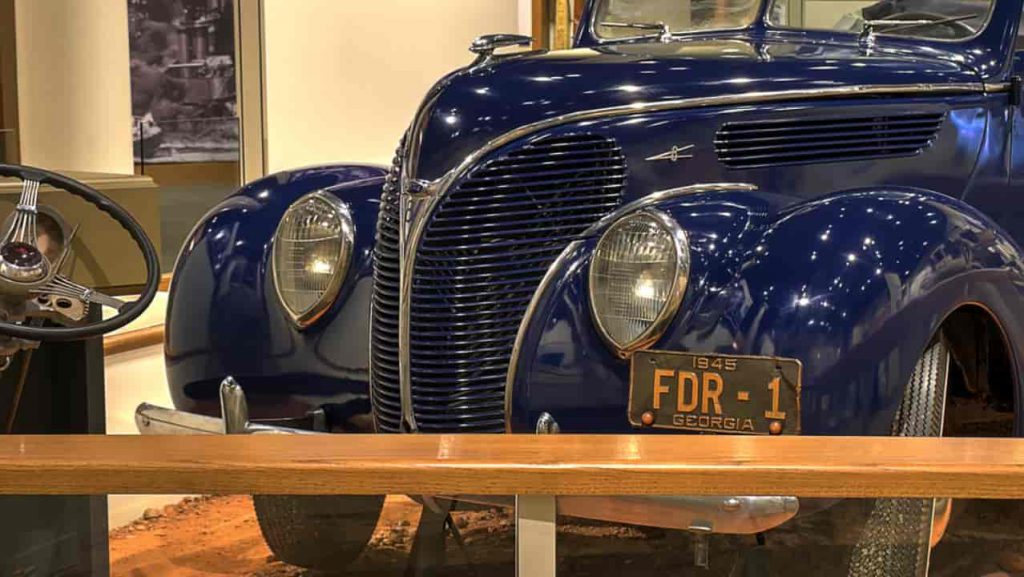
Electrical automotive headlights were introduced in 1898 by an automotive electrical company, Columbia Electric. At this time, they were only optional. According to a French author (Devaux, 1970), electric lighting for vehicles started, in limited quantities, in 1901 with the use of a small dynamo driven by the motor flywheel.
Electric headlights were not popular because 2 reasons. The first one is the short lifespan of filament. The road condition at this time was still really bad, and the filament has to withstand a harsh environment. The second reason is there wasn’t any dynamo that was small but still generates enough current.
People continued to improve the technology of electrical lights. There were these inventions: carbon filaments, osmium filaments, tantalum filaments, tungsten filaments, vacuum bulbs, and finally gas-filled bulbs. Each of these technology steps, from 1900 to 1911, was first made for household electric lighting and then modified for use on automotive vehicles a few years later.
Headlights are considered standard equipment
Low beam headlights, also known as car underbody lights, were introduced by the Guide Lamp company in 1915. But it was not until 1917 that Cadillac’s system became popular to help drivers switch from high beam to low beam in a simple way.
In 1924, the BiLux bulb was introduced to the market and was also one of the first modern beacons that allowed the user to adjust the light flow. A similar design called Duplo was also coming out in 1925.
In 1927, the convenient and intelligent system of light adjustment by foot was introduced. The last car to use this foot-operated system was the 1991 Ford F-Series. In 1938, Cadillac used automotive fog lights in its designs. The same company invented the automatic system that allowed switching between low beam and high beam.
For 17 years the government mandated the 7-inch size of the lamp and stifled innovation for this time period. In 1957 the law changed to allow different sizes and shapes of lights as long as they illuminated the road properly. Headlight technology was now on the path of improving and innovating once again.
Halogen headlights
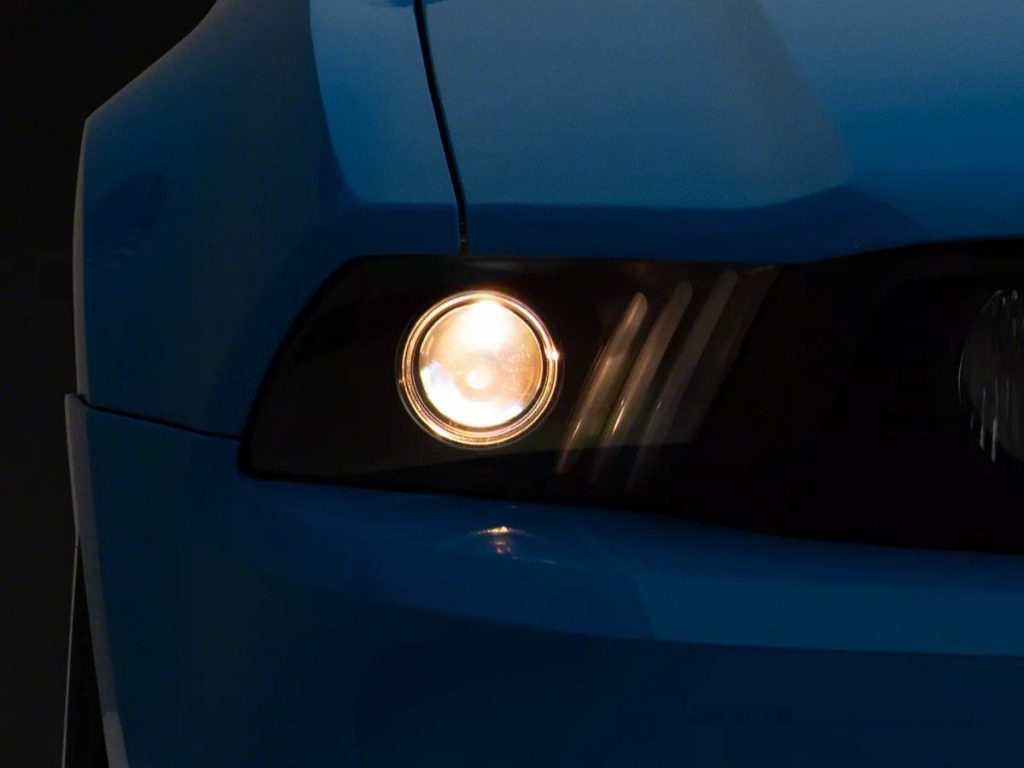
The first Halogen automotive headlights were designed and widely used in 1962. Halogen technology has been considered by many leading experts in the world as one of the great leaps forward because it makes incandescent bulbs operate more durably and efficiently.
In normal electrical bulbs, the tungsten filament evaporates by releasing particles. These particles will stick to their glass encases and make the bulb lose its life over time.
In halogen bulbs, the filament is enclosed in a quartz capsule filled with halogen gas. This gas is inert and made up of iodine and bromine. The evaporated tungsten combines with halogen gas within the glass envelope to create tungsten-halogen molecules. These molecules then migrate back to the filament, eliminating the blackening of the glass envelope. The tungsten is re-deposited and recycled onto the filament, strengthening the filament, extending the life of the lamp and the halogen gas is then free to start the cycle again.
SEE MORE:
- Xenon Headlights: Functions And Benefits
- Multibeam LED Headlights: Going To Illuminate The Automotive Future
Xenon headlights
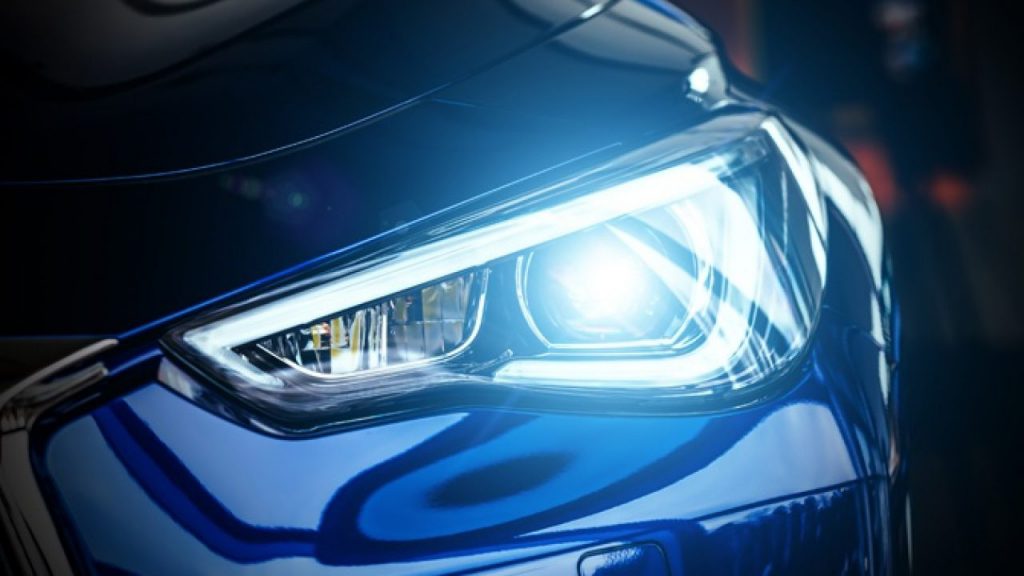
Xenon headlights, officially known as High-Intensity Discharge (HID) headlights, are considered a more viable solution than halogen lamps due to their color temperature and light output. They first appeared on the BMW 7 Series in 1991 and gradually became the number one choice of many automakers.
The principle of operation of HID lamps is the same as that of neon bulbs. You will have a sealed bulb filled with gas and electrodes at each end, and an electric current flowing through it. HID headlights on cars are composed of a transparent quartz shell, a tungsten electrode, and a gas mixture that is driven by a high-voltage current flowing between the two electrodes.
Compare to halogen headlights, HID headlights are brighter (about three times brighter) and last much longer. If nothing unexpected happens to your headlights, chances are the HID will even last longer than your ownership of the car. That means you don’t have to spend money on maintenance, but if they are damaged somehow, then you will have to spend quite a bit to replace them. The light of HID headlights also spread more evenly, both sides of the road can be illuminated well. This is really helpful if you live in an area with pedestrians, cyclists, or animals that could cause a hazard at night.
LED headlights
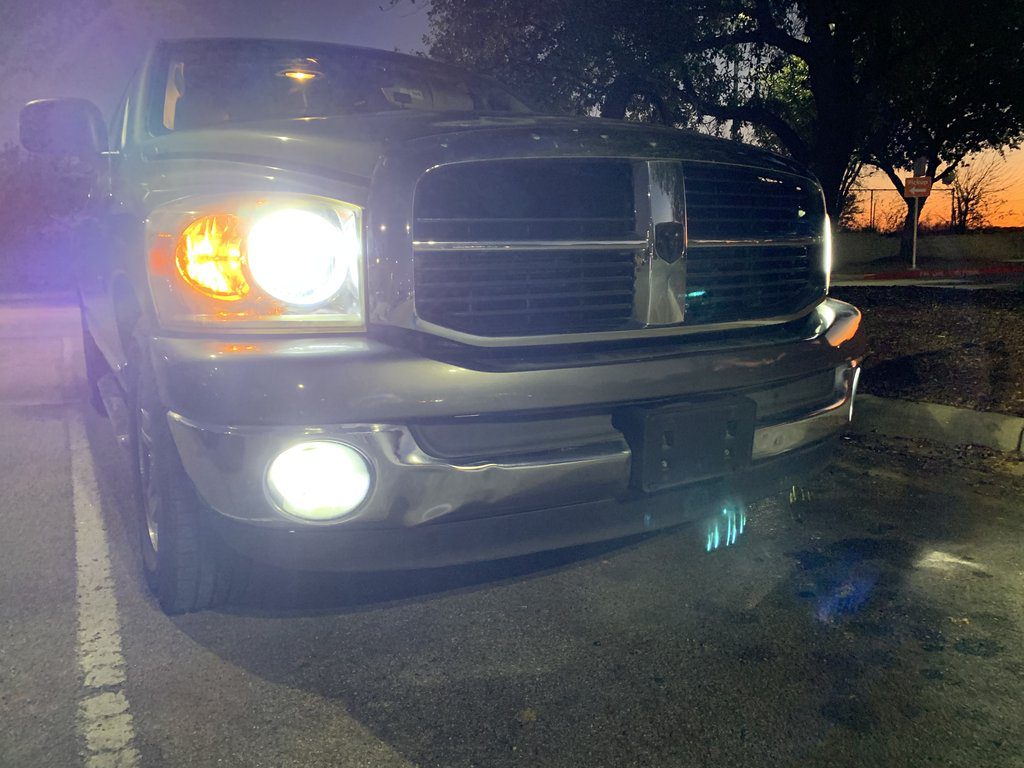
LED is a recently developed new technology headlight. Instead of glowing with gas like xenon or incandescent like halogen, LED headlights to glow through small diodes when an excitation current is applied. This type of floodlight requires only a very small amount of energy but can generate a significant amount of heat on semiconductor diodes.
Because LED headlights consume less energy to illuminate, manufacturers prefer to employ this technology because the alternator does not have to work as hard to power them. They can operate up to 11-22 years before replacement is needed, and very easy to install. This makes maintenance easier and less costly for car owners. The light of LED headlights is less blinding than HID or halogen, so they are safer for opposite vehicles on the road. Other than that, they are very easy to install and modify to car owners’ preferences.
Laser Headlights
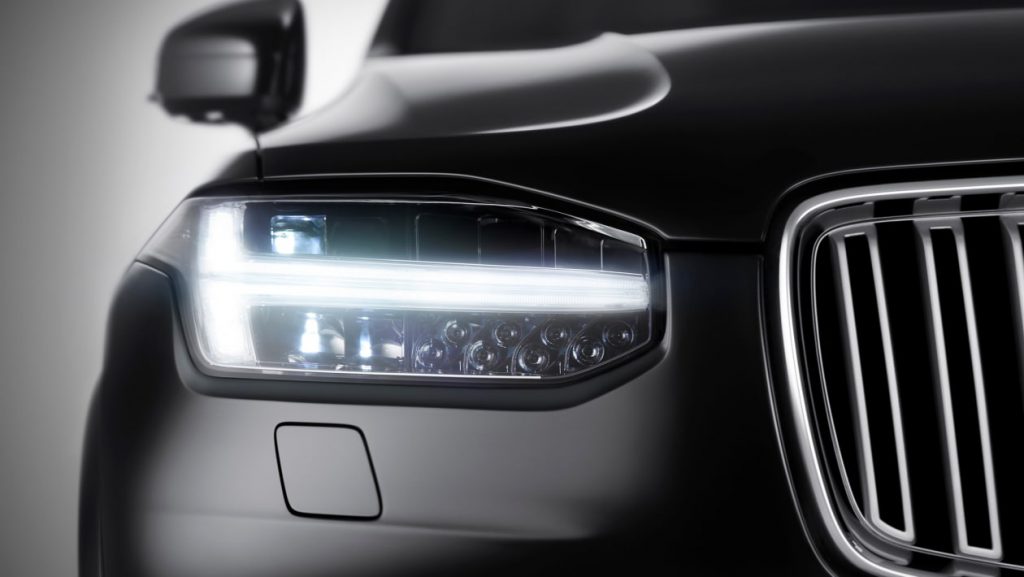
Laser headlights are the latest in-car lighting technology. Currently, only very few supercar models such as BMW i8 or Audi R8 are equipped with this technology. Laser headlights can produce a beam of light 1000 times stronger than LEDs, but consume only 2/3, even 1/2 the amount of power than LEDs. The laser light on the i8 can illuminate a distance of 600 m in front of the car, compared to 300 m if using LED lights. The downside is that the technology is not yet going mainstream, so the price is high and does not fit the middle market.
Conclusion
When looking at the historical timeline of automotive lights, one can see that the development rapidly increased in the 90s and onwards and slowed down after the appearance of HID lights. This may be because the performance of the headlight has reached its peak and the functions are enough to satisfy the current needs of the market. However, engineers are still working hard to improve the performance of headlights, such as the adaptive headlights feature that makes driving safer. Who knows what we will have in the future? Follow the maintenance tips for more interesting facts and information!

